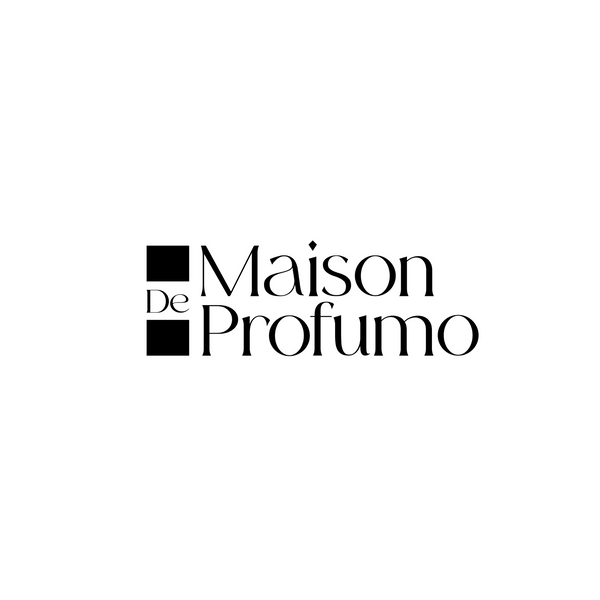Introduction
In the world of fragrance, the design of a perfume bottle is not merely functional but a work of art in itself. From its shape and material to the intricate details of its adornments, every aspect of the bottle contributes to the overall brand identity and consumer experience. In this comprehensive guide, we delve into the art and science of perfume bottle design, exploring its key elements, trends, and the impact it has on the fragrance industry.
The Essence of Perfume Bottle Design

Form and Functionality
- Shape: The silhouette of a perfume bottle sets the tone for the fragrance it contains, ranging from sleek and modern to ornate and vintage-inspired designs.
- Material: Glass is the preferred choice for its transparency and ability to preserve the fragrance, but other materials like ceramic, crystal, and metal are also used for their aesthetic appeal.
- Closure: The cap or stopper not only seals the bottle but also adds a decorative element, often featuring intricate designs or branded insignias.
Brand Identity
- Visual Branding: The design of the perfume bottle reflects the brand's aesthetic and values, serving as a visual representation of its identity and positioning in the market.
- Storytelling: From the choice of colors and typography to the imagery and symbolism used in the design, every element tells a story and evokes emotions that resonate with consumers.
Elements of Perfume Bottle Design

1. Shape and Silhouette
-
Classic Shapes:
- Rectangular
- Oval
- Round
-
Unique Silhouettes:
- Geometric
- Sculptural
2. Material Selection
-
Glass:
- Clear
- Frosted
- Colored
-
Alternative Materials:
- Ceramic
- Crystal
- Metal
3. Decorative Details
-
Embellishments:
- Engraving
- Etching
- Embossing
-
Adornments:
- Jewels
- Charms
- Ribbons
4. Branding and Identity
-
Logo Placement:
- Front and center
- Etched on glass
-
Typography:
- Font style
- Size
-
Color Palette:
- Reflective of brand identity
- Consistent with fragrance theme
Trends in Perfume Bottle Design
Minimalism
-
Clean Lines:
- Simplified shapes and forms
-
Transparency:
- Clear glass bottles with minimal adornments
Vintage Revival
-
Art Deco:
- Geometric shapes
- Bold colors
-
Victorian Era:
- Intricate detailing
- Ornate stoppers
Sustainability
-
Recyclable Materials:
- Glass
- Paper
-
Refillable Designs:
- Reusable bottles
- Eco-friendly packaging
Conclusion
Perfume bottle design is a fusion of artistry, craftsmanship, and marketing strategy, culminating in a vessel that not only holds fragrance but also embodies the essence of the brand it represents. From classic elegance to modern minimalism, the design of a perfume bottle plays a pivotal role in shaping consumer perception and influencing purchasing decisions. By understanding the key elements and trends in perfume bottle design, brands can create captivating packaging that enhances the overall fragrance experience and leaves a lasting impression on consumers.
